
One of the great ironies of the U.S. (and a lot of the developed world) is that while childhood obesity rates are rising, youth participation in organized sports is also on the rise—and has been for some time. In the U.S. between 1992 and 2002, children’s participation in sports increased by 8.4% and adolescents‘ by 15.4%. And more recently, data from the 2020 U.S. National Health Interview Survey indicated high involvement. It reported that, within 12 months of the survey, over one-half of children aged 6–17 years participated in sports.
So, many of us are parents to little athletes!
As you might guess, nutrition is a key factor for the wellbeing of our active children, supporting their general growth and development as well as their sports performance.
So what does good nutrition look like for children and adolescents who exercise? As we’ll explore below, there are many unanswered questions among pediatric exercise scientists and nutritionists concerning exact dietary needs for the growing athlete. That’s because most of our research—and recommendations—are based on adult bodies. (Frustrating, yes.)
Nonetheless, pediatric experts have (solid) advice to give around the topic of sports, nutrition, and our children. Let’s explore.

First, though: what are the proven advantages of sports for children and adolescents?
Advantages include health benefits (obviously!) and a host of psychological and social benefits such as improved academic performance; skills in teamwork, time management, self-discipline, and networking; and added confidence.
OK—the downsides?
In short, sometimes sports—the competition, the time commitment, the losses, the body image implications—can negatively impact our children. For instance, it’s common for kids to feel they need to increase or reduce their weight to reach peak performance, particularly with sports that emphasize weight (wrestling, football, hockey) or appearance (dance, gymnastics). (This is not to say that these sports are bad! Rather, it’s just that they can contribute to (sometimes) risky nutritional choices for young adults and children.)
Are young athletes getting the nutrition they need?
The data—the bit we have—suggests there are nutritional gaps, although—as this article will reiterate—we need more studies/data.
The 2021 Youth Risk Behavior Survey, a nationally representative survey of U.S. high school students, athletes and not, showed the following among teenagers:
Over the past seven days:
- 75% did not eat breakfast daily.
- 47% did not eat fruit or drink 100% fruit juice daily.
- 45% did not eat vegetables daily.
- 44% drank less than three glasses of water a day.
- 15% drank sugar-sweetened soda daily.
- 11% drank a sports drink daily.
Yikes. These stats are one indicator that young people’s nutritional needs are not being met. And as for young athletes? Well, their needs are even more important!—from getting enough water and minerals to replace those lost in sweat, to eating adequate calories and nutrients, active bodies require more. Fortunately, some research suggests that young athletes in the U.S. come closer to meeting nutritional requirements than those not in sports.
Nonetheless, certain athletic groups may be at risk for shortfalls in their diet. Compared to athletes in team sports, participants in weight-control sports may be at greater risk of failing to meet requirements for energy, protein, and some micronutrients. Endurance athletes, particularly female distance runners, may have intake deficits for minerals like iron and calcium.
But the above point—that we don’t have enough nutritional data on young athletes—remains a salient point.
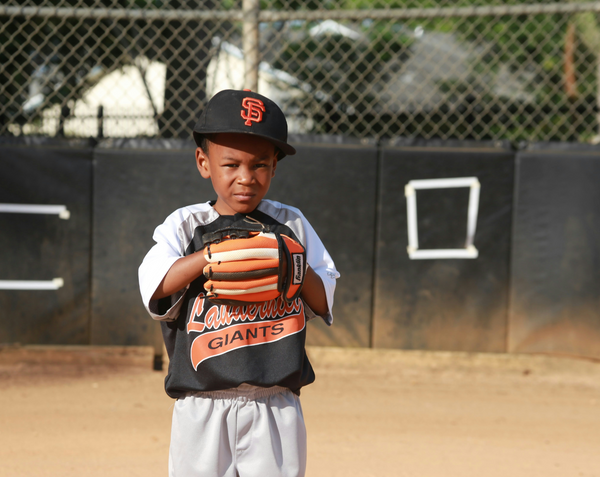
We know they need more energy—more calories—than less active children, but it is difficult to establish a daily required intake (DRI) of food for this group because of the variability in exercise, growth spurts, and other factors for growing children. Adding another wrinkle are differences between boy and girl athletes. Before puberty, nutritional and energy requirements are pretty similar for both sexes, but as children age, caloric needs differentiate.
Another big issue? Most of the sports nutrition recommendations given to athletic children and adolescents are based on what we recommend for active adults. But we know that children’s and adult bodies are so different!
Growing children have several physiologic and metabolic characteristics that distinguish them from adults, and for this reason, they require specific nutritional considerations—especially if they’re active in sports. For instance, children have a higher metabolic cost of moving (they burn more calories); and they are also at a thermoregulatory disadvantage (the ability to control body temperature) compared to adults.
How does this play out with macronutrient needs?
Most pediatric exercise scientists and nutritionists recommend that children should consume carbohydrates for at least 50% of their total energy intake. Why? Well, we know that, among adult athletes, carbs are the major fuel for maintaining athletic performance and are an important part of the recovery process since they provide muscle glycogen.
But children are believed to be different in their carbohydrate metabolism. Glycogen stores are lower in children than in adults, and enzymes involved in glycolytic capacity may not be fully developed. Moreover, children have a higher risk of heat-related illness, and during puberty, because of the natural increase in sex steroids and growth hormone secretion, they become relatively insulin resistant (insulin sensitivity appears to be reduced by approximately 30%). All these factors may lead to children utilizing carbs (and fats) differently during exercise than adults—with the big takeaway that for children, fat *may* be as important as carbohydrates in supporting athletic performance. In short, it remains to be determined if young athletes benefit from a high-carb diet.
Another example: take protein. Proteins are involved in tissue synthesis and are the main constituents of many tissues in the body, primarily muscles—so, they’re super important for athletes. The current DRI for protein for healthy adults is at least 12–15% of their dietary energy intake. And most studies indicate that in order to maintain protein balance during intense endurance and resistance training, adult athletes should ingest even more protein.

OK—what about child and adolescent athletes? We know that dietary protein requirements are highest in early infancy and decline with age, but beyond that, there’s little data available on the protein needs of young athletes.
Recently, in a group of 14-year-old male athletes, protein requirements were found to be above the recommended daily allowance for nonactive male adolescents. But athletes normally eat more and consequently have a higher protein intake than less active children. Furthermore, several other studies have indicated that strength training, or even mild exercise among children, may increase protein utilization efficiency, which may decrease protein needs for active kids. So, thus far, there is no scientific evidence that increased protein intake will enhance exercise capacity and increase muscle mass in the growing child. It is instead likely that excess protein is used as energy or stored as fat.
OK, so we don’t know everything about our little athletes’ nutritional needs. Nonetheless, here’s what pediatric experts recommend: have them eat a well-rounded nutritional diet. What does that look like? 🡪
Carbohydrate-containing foods are important in the diet of young athletes. Whole grains, fruits, vegetables, and milk/yogurt are nutritious sources of carbohydrates.
The use of refined carbohydrates to support energy intake during training and competition—in particular sports drinks or bars—can be useful for young athletes as for adults; however, don’t overdo it: their overuse may increase the risk for childhood obesity and dental issues.
Protein is also super important. Nutritionists recommend protein to comprise approximately 10% to 30% of total energy intake for four- to 18-year-olds. Good sources of protein include lean meat and poultry, fish, eggs, dairy products, and plant-based proteins* like beans, nuts, and soy products. Fortunately, in most western countries, protein intakes typically exceed requirements so it is likely most young athletes consume adequate amounts.
*Plant-based proteins are great. Most plant-based proteins have a low(er) essential amino acid content and are often deficient in one or more specific amino acids, such as lysine and methionine. With this, they’re considered to result in lower muscle protein synthesis responses when compared with the ingestion of an equivalent amount of animal-derived protein—aka, research suggests they build muscle less effectively. That said, there are only a few studies directly comparing the muscle protein synthetic response following the ingestion of a plant- versus an animal-derived protein. Moreover, people on a plant-based diet can compensate for these ^ issues by eating a greater amount of the plant-derived protein to compensate for the lesser quality; by using specific blends of plant-derived proteins to create a more balanced amino acid profile; and by fortifying the plant-based protein with the specific amino acid(s) that is (are) deficient.
Fats are crucial, too, for young athletes. Pediatric nutritionists advise that 25-35% of children’s diets should come from fats, with saturated fats providing no more than 10% of that intake. Dietary guidelines also emphasize the importance of a low intake of trans fat and cholesterol (<300 mg).
Pediatric experts stress that fats are important for young athletes, and that when they’re restricted, children might intake an insufficient amount of essential fatty acids and fat-soluble vitamins, which can contribute to inadequate energy intake and impaired growth and development. After all, fat is necessary to absorb fat-soluble vitamins (A, D, E, K); to provide essential fatty acids; to protect vital organs; and to provide insulation. Fat also provides the feeling of satiety.
Good sources of fat include seeds and nuts and their oil as well as fatty fish, dairy products, avocado, and oils like olive or canola oil. Fat from chips, candy, fried foods, and baked goods should be minimized.
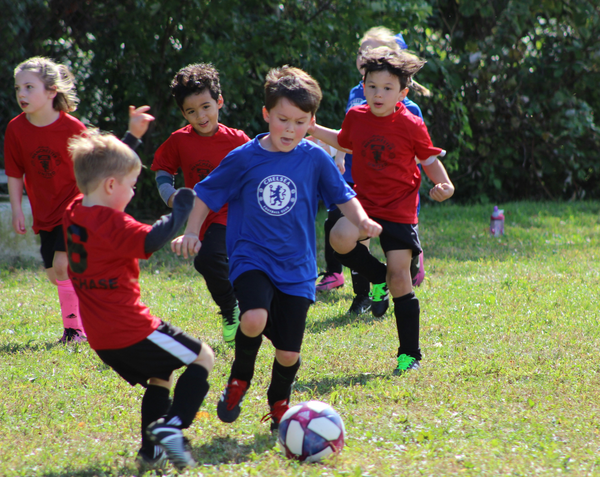
And let’s not forget about vitamins. Although there are many vitamins and minerals required for good health, particular attention should be devoted to ensuring that young athletes consume proper amounts of calcium, vitamin D, and iron. Calcium is contained in a variety of foods and beverages, including milk, yogurt, cheese, broccoli, spinach, and fortified grain products. Iron-rich foods include lean meat, chicken, tuna, salmon, eggs, dried fruits, leafy green vegetables, and fortified whole grains. And vitamin D can be found in fatty fish, eggs (their yolk especially), mushrooms, and D-fortified foods like cow’s milk, animal-based milks, and cereals and grains.
A few other recommendations for our young athletes:
- Choose foods and meals with simple, healthy ingredients. Avoid packaged protein and energy bars: they are often full of sugar, preservatives, and/or loaded with chocolate.
- Avoid diets for growing athletes (i.e., low carb, low fat, etc.).
- Keep your kids hydrated with a regular intake of mostly water.
- Aim for 2-3 meals and 1-2 snacks a day based on a variety of fruits, vegetables, whole grains, beans, proteins, and nuts/seeds. Snack ideas:
- Fruit with peanut butter or yogurt
- Fruit with nuts/seeds
- Wholegrain bread with cheese, avocado, or vegetable slices
- Bread with hummus and vegetables
- Homemade banana bread or carrot cake (not to sweet and made with wholewheat, almond, or another not-refined-white flour)
- Amara organic smoothie melts - Quick & easy mess-free snack with 100% organic whole fruits and veggies with 0g of added sugar. Vitamins, carbs, and healthy fats from coconut make this a filling and satisfying fruit snack every kid athlete will love!

Offer nutritious foods—that your child is used to—ahead of an athletic event. They should not experiment with new foods or new routines on the day of a competition. General guidelines suggest eating a meal at least 3 hours before a sporting event to allow for proper digestion and to minimize an upset tummy during exercise. Meals should include carbohydrates, protein, and fat; fiber should be limited, as should high-fat content. For early morning practices or events, give your child a snack or liquid meal 1-2 hours before exercise, followed by a full breakfast after the event. Pre-game snacks or liquid meals should be ingested 1-2 hours beforehand.
Offer recovery foods, which should be consumed within 30 minutes of exercise, and again 1-2 hours after exercise. This will help your child reload muscles with glycogen and allow for proper recovery. These foods should include protein and carbohydrates. One idea is graham crackers with peanut butter, or yogurt with fruit.
A final word on: do active kids need sports drinks?
First, a PSA about (de)hydration: it's important for young athletes to drink plenty of fluids to prevent dehydration, which can zap strength, energy, and coordination and lead to heat-related illness. Even mild dehydration can affect athletic performance. Athletes can't rely on thirst to tell if they're getting dehydrated. Thirst is a sign that the body has needed liquids for a while. Kids should drink water before physical activity and every 15 to 20 minutes throughout. They also should drink water afterward to restore fluid lost through sweat.
And now to sports drinks.
While sports drinks can be a choice for kids who do intense physical activity for more than 1 hour, plain water is usually enough to keep kids hydrated. Kids should avoid sugary drinks and carbonated beverages that can upset their stomachs.
An important note: know the difference between sports drinks, which can be acceptable for kids, and energy drinks, which are not OK for children (or, many doctors would argue, adolescents).
Sports drinks are flavored beverages often containing carbohydrates, minerals and electrolytes (salts), and sometimes vitamins or other nutrients. On the other hand, energy drinks contain stimulants like caffeine.
In fact, energy drinks contain numerous ingredients, many of them not disclosed. Why? Take caffeine, for instance. From a regulatory perspective, the Nutrition Facts Panel on food labels is not required to always list caffeine—or the quantity of caffeine—since it is not a nutrient.
Research indicates that aside from caffeine, the most prevalent ingredients in energy drinks are B-vitamins, taurine, ginseng, and carnitine, which energy drink companies use to claim benefits like increased alertness, focus, and energy. These claims have not been rigorously proven, and beyond that, we have not studied or properly evaluated how the different ingredients in energy drinks interact with each other.
For all these reasons, be wary of energy drinks for your adolescents—and outright ban them for your younger children. The American Academy of Pediatrics, after all, cautions against them for children 12 and under.
***
We at Amara care about topics like sports nutrition because we care about children’s health—which is why we’re in the business of nutrient-dense baby and toddler food. Amara’s baby blends and toddler snacks have no additives, are 100% non-GMO and organic, and are made from only a few—very real, very transparent—ingredients. Only the best for our babies.
***
Article researched by:
Amara's Chief Nutritionist: Sonia A. Schiess, PhD in Nutrition, specialized in the introduction of solids and liquids to infants. Sonia's passion started when she was studying nutrition and dietetics in university, completing a post degree in Human Nutrition. Later on, she completed her PhD as a nutritionist, with a focus on introducing food in the first year of a baby's life. Her wide experience gives her a unique perspective, drawing from her time in clinics, hospitals, independent consulting and university research. She's authored several papers including "Introduction of complementary feeding"; "Introduction of potentially allergenic foods in the infant's diet during the first year of life" and "Intake of energy providing liquids during the first year of life" in five European countries. The combination of Sonia's science and our chef's magic ensures every Amara product is not only optimized for your baby's health but is delicious as well.
***
References:
https://kidshealth.org/en/parents/feed-child-athlete.prt-en.html
https://www.sportsdietitians.com.au/wp-content/uploads/2015/04/Junior-Nutrition-FINAL.pdf
American Academy of Pediatrics, Sports drinks vs. energy drinks vs. plain water:
What’s best for thirsty kids?, AAP News 2011
AR Jagim, et al. International society of sports nutrition position stand: energy drinks and energy shots. Journal of the International Society of Sports Nutrition, 2023
F Meyer, et al. Nutrition for the young athlete. J Sports Sciences 2007
V Montford-Staiger & CA William, Carbohydrate intake considerations for young athletes, Journal of Sports Science and Medicine, 2007
D Nehmet & A Eliakima, Pediatric sports nutrition: an update. Curr Opin Clin Nutr Metab Care 2009
HJ Petrie, et al. Nutritional Concerns for the Child and Adolescent Competitor.Nutrition 2004
PJM Pinckaers, et al. The Anabolic Response to Plant-Based Protein Ingestion. Sports Medicine, 2021
LK Purcell, Sport nutrition for young athletes. Canadian Paediatric Society. Paediatr Child Health 2013
M Steffl, et al., Macronutrient Intake in Soccer Players—A Meta-Analysis. Nutrients 2019






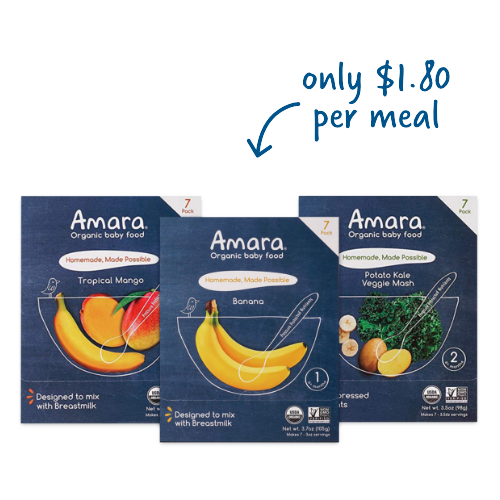
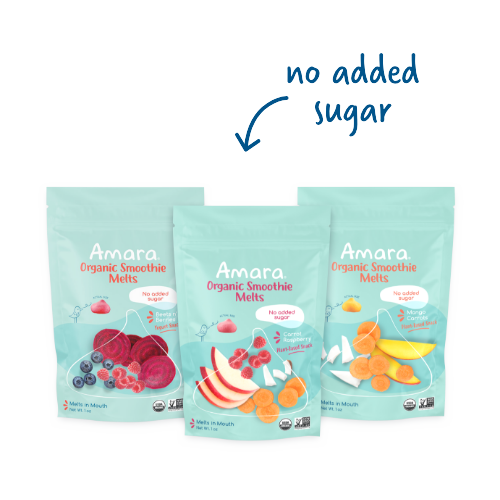
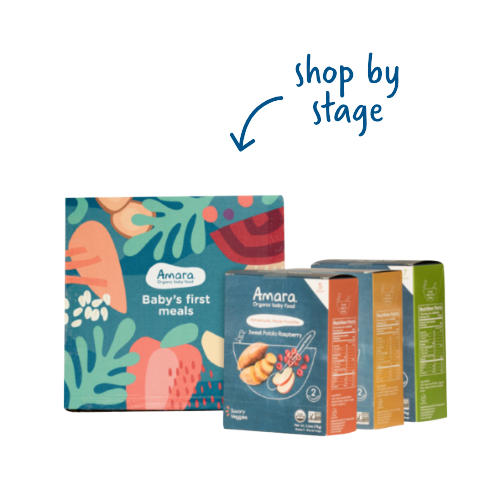
Leave A Comment